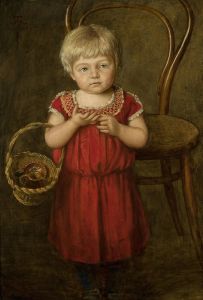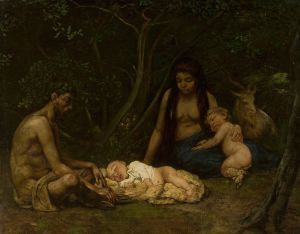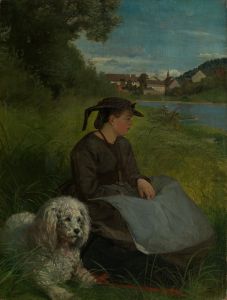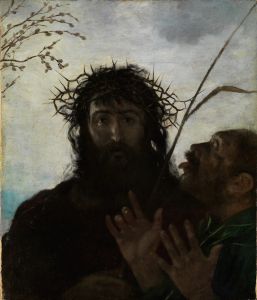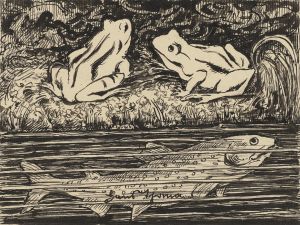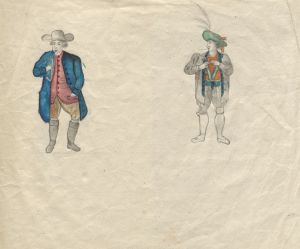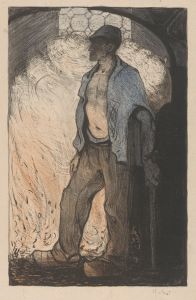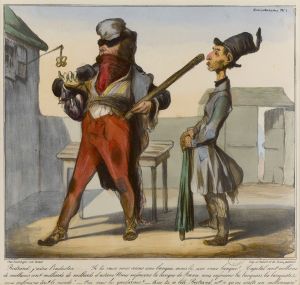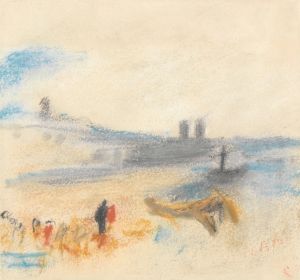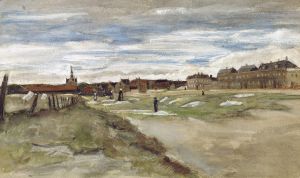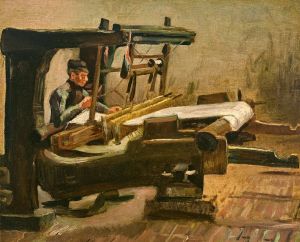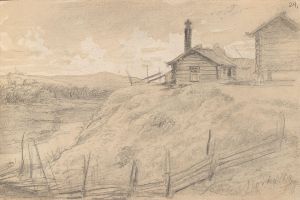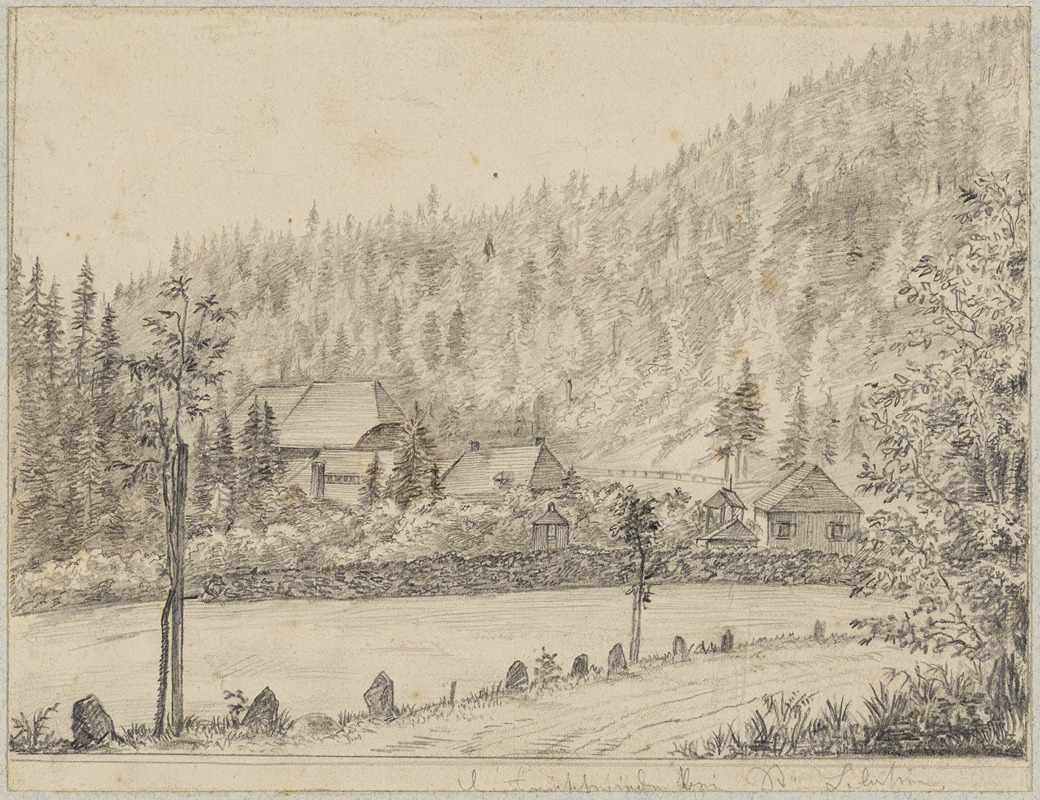
Hammerschmiede bei St. Blasien
A hand-painted replica of Hans Thoma’s masterpiece Hammerschmiede bei St. Blasien, meticulously crafted by professional artists to capture the true essence of the original. Each piece is created with museum-quality canvas and rare mineral pigments, carefully painted by experienced artists with delicate brushstrokes and rich, layered colors to perfectly recreate the texture of the original artwork. Unlike machine-printed reproductions, this hand-painted version brings the painting to life, infused with the artist’s emotions and skill in every stroke. Whether for personal collection or home decoration, it instantly elevates the artistic atmosphere of any space.
Hans Thoma's painting Hammerschmiede bei St. Blasien (translated as Blacksmith's Workshop near St. Blasien) is a notable work by the German artist, who is recognized for his contributions to 19th-century landscape and genre painting. Thoma, born in 1839 in Bernau in the Black Forest, often drew inspiration from his native region, and this painting reflects his deep connection to the landscapes and rural life of southern Germany.
The artwork depicts a blacksmith's workshop set against the backdrop of the Black Forest, near the town of St. Blasien in Baden-Württemberg. St. Blasien is known for its picturesque surroundings and its historic abbey, and the painting captures the essence of the rural craftsmanship and natural beauty characteristic of the area. Thoma's attention to detail and his ability to render the interplay of light and shadow are evident in this work, showcasing his skill in portraying both human activity and the surrounding environment.
Hans Thoma was part of the German realist tradition, and his works often reflect a sense of simplicity and harmony with nature. In Hammerschmiede bei St. Blasien, he combines a realistic depiction of the blacksmith's trade with a romanticized view of rural life, emphasizing the connection between people and their environment. The painting is notable for its warm, earthy tones and its composition, which draws the viewer's eye to the central activity of the blacksmith while also highlighting the lush greenery and serene atmosphere of the Black Forest.
This painting is one of many in which Thoma celebrated the landscapes and traditions of his homeland. His works often resonate with a sense of nostalgia and an appreciation for the natural world, which were central themes in his artistic career. Today, Hans Thoma is regarded as one of the prominent figures of 19th-century German art, and his works are held in high esteem for their technical skill and evocative portrayal of rural life.
Specific details about the current location of Hammerschmiede bei St. Blasien or its provenance are not widely documented. However, many of Thoma's works are housed in German museums, including the Hans Thoma Museum in Bernau and the Staatliche Kunsthalle Karlsruhe, which holds a significant collection of his paintings.





